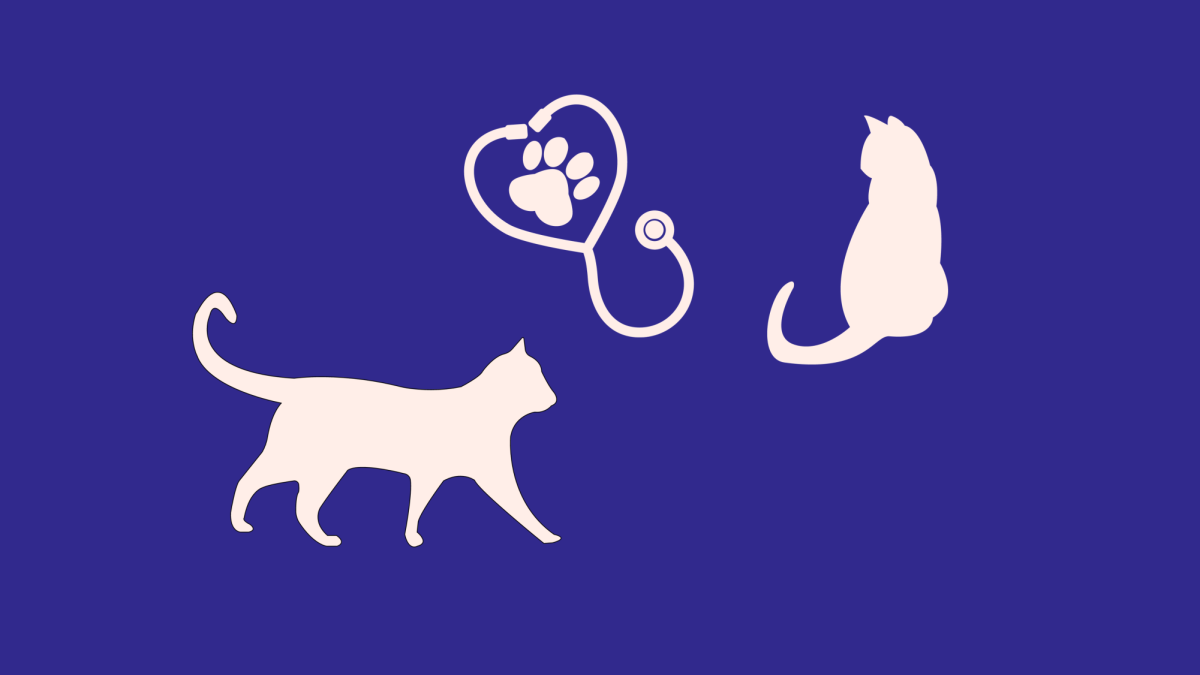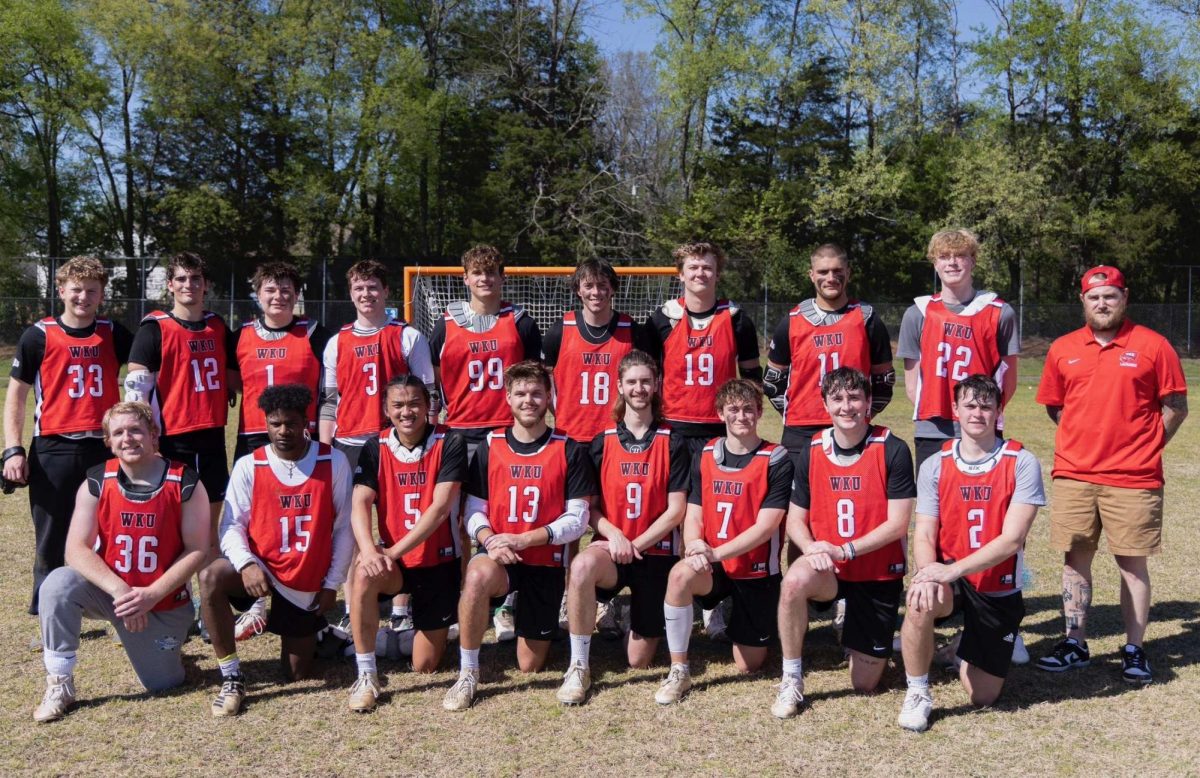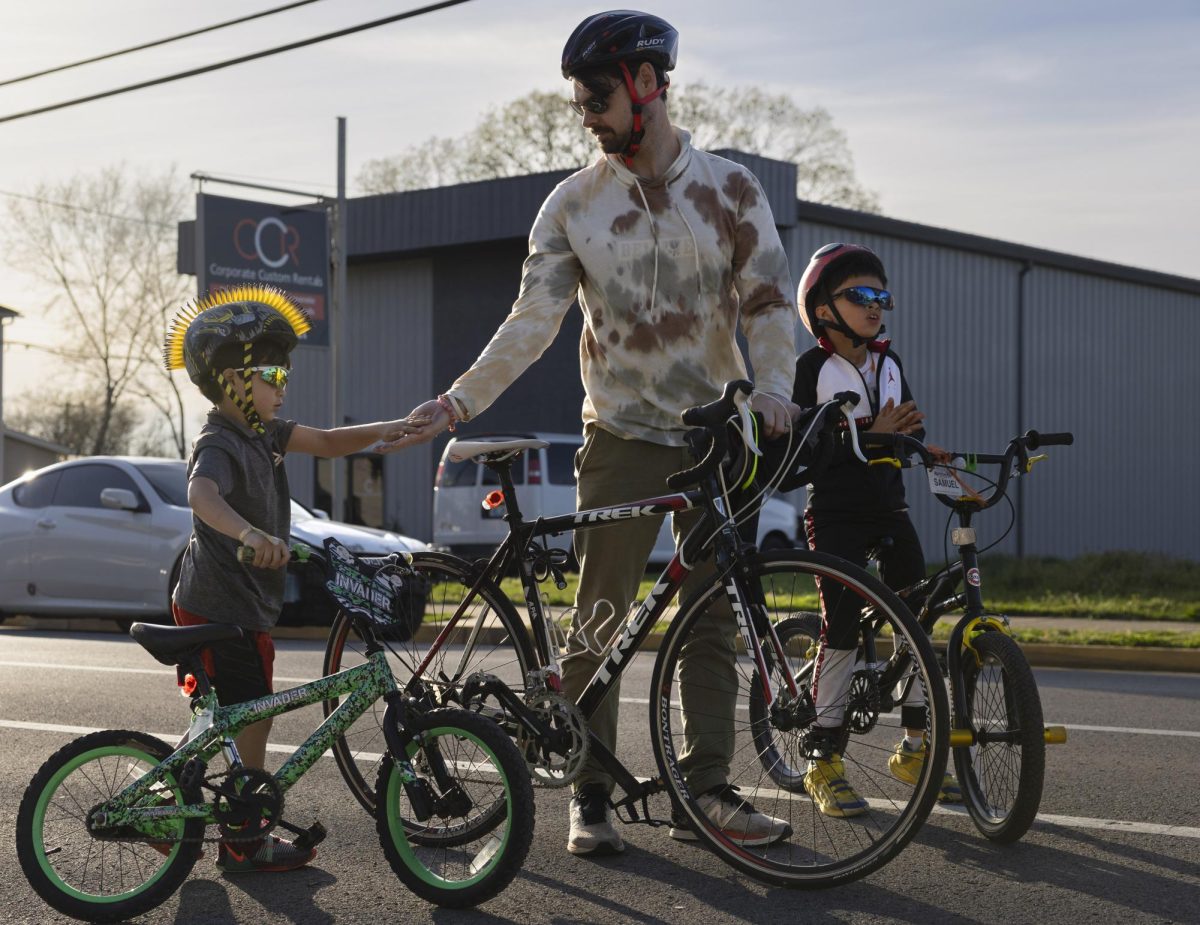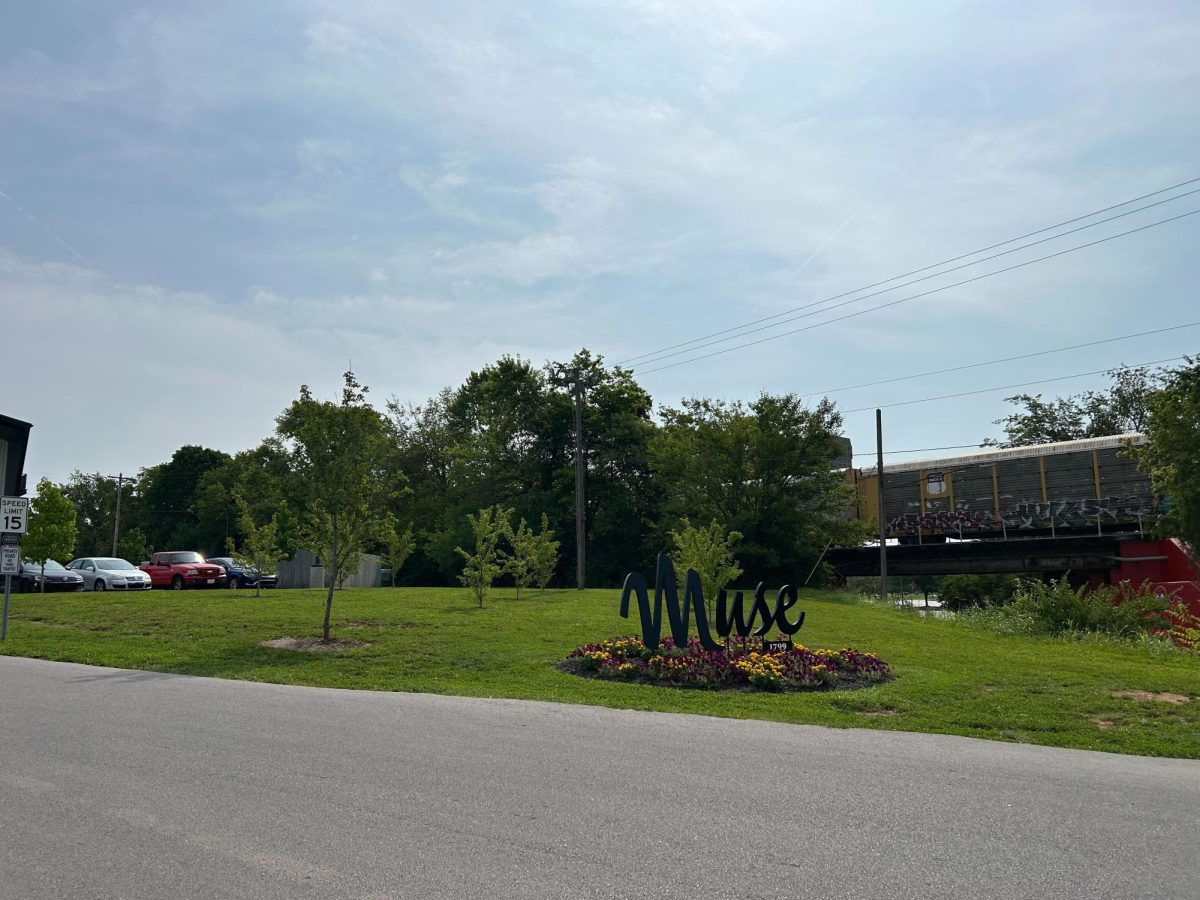Bowling Green Warren County Humane Society’s Community Cat Program hosted a clinic for understanding community cats on Thursday, Oct. 26 at the Lisa Rice Library where attendees had the opportunity to learn more about issues surrounding free roaming cats.
Emily Cothran, program manager, shared her community cat story, where a cat wandered onto her property and, a few weeks later, had four babies and adopted another. She reached out to a program similar to the one she now manages and was trained on how to trap her cats.
Over the course of a year, Cothran and her husband helped fifteen cats on their property.
The work Cothran does in the community as well as her own backyard is a valuable service that improves the cats’ quality of life.
Cothran explained that “by and large, the cats that are outside are community cats,” or could also be semi-owned or feral. “Feral is a designation that means not friendly towards humans,” but Cothran continued that community cats can be friendly, feral or anywhere in between.
A common misconception is that every cat that lives outside wants an indoor home. In reality, many cats are happy in their community and do not wish to be inside or taken to a shelter. Cothran explained that “they want to be home.”
Statistics provided by the Humane Society showed that 80% of kittens born each year are born outside. The community cat program and the practice of TNR (trap, neuter, release), provides an essential service.
“Shelters are bogged down by kitten season,” Cothran said. “We’re overlooking the biggest part… we can’t foster, adopt, rescue our way out of this.”
Cothran explained the vacuum effect, a biological phenomenon in which, if you vacate animals but resources remain, animals will return and reproduction will increase.
Rather than filling shelters with community cats, the program encourages folks to bring the cats in to be altered, vaccinated and left with an ear tip. Cothran said, “When you look at a cat and its left ear is flat at the top, it’s been TNR-ed.”
This serves as a stress-reducer for the cat as well as the animal welfare worker. Cothran believes it is “good for shelters, good for communities [and] good for the cats themselves.”
“Space is the most precious resource in any shelter,” Cothran explained.
Rather than euthanizing cats to increase available space, these programs advocated with city and county government to legally release cats needing to go back home. Cothran describes government partnership as foundational to what they do.
Now, they are “more efficiently using resources because we’re investing in the future.” With fewer animals, there are more resources for each. Additionally, Cothran says “more cats within the population are vetted, meaning they’re healthier.”
Staff morale is improving, and shelters are sometimes left with empty cages in the warm months, which Cothran explains usually average 50-100% more intakes than other months. “It feels better in our shelter,” she hears.
Most of the work they do is in the city of Bowling Green, but they serve Warren County as a whole. Since the program began in 2019, they have helped 2,063 cats. They’ve seen a 109% increase in live outcomes, a 66% reduction in euthanasia and a 34% reduction in stray intakes.
The Bowling Green Warren County Humane Society is an open intake and municipal shelter. In 2022, they had almost 11,000 intakes, and they provided 6,505 free vaccinations and 5,399 spay/neuters for the public. Just through the TNR program, they altered 859 cats last year.
This work helps community members with reduced stress and expenses, and it even reduces predation on native species.
“People want to give to an organization that’s saving lives,” Cothran said, “… it’s good for the morale of our community.” She described their work as an “additional layer of going into the community and extending services.”
For those wanting to help, Cothran emphasizes that “awareness is so helpful.” Community members can give food or monetary donations, contact the program for services and refer friends and family.
News Reporter Lindsey Coates can be reached at [email protected]





















